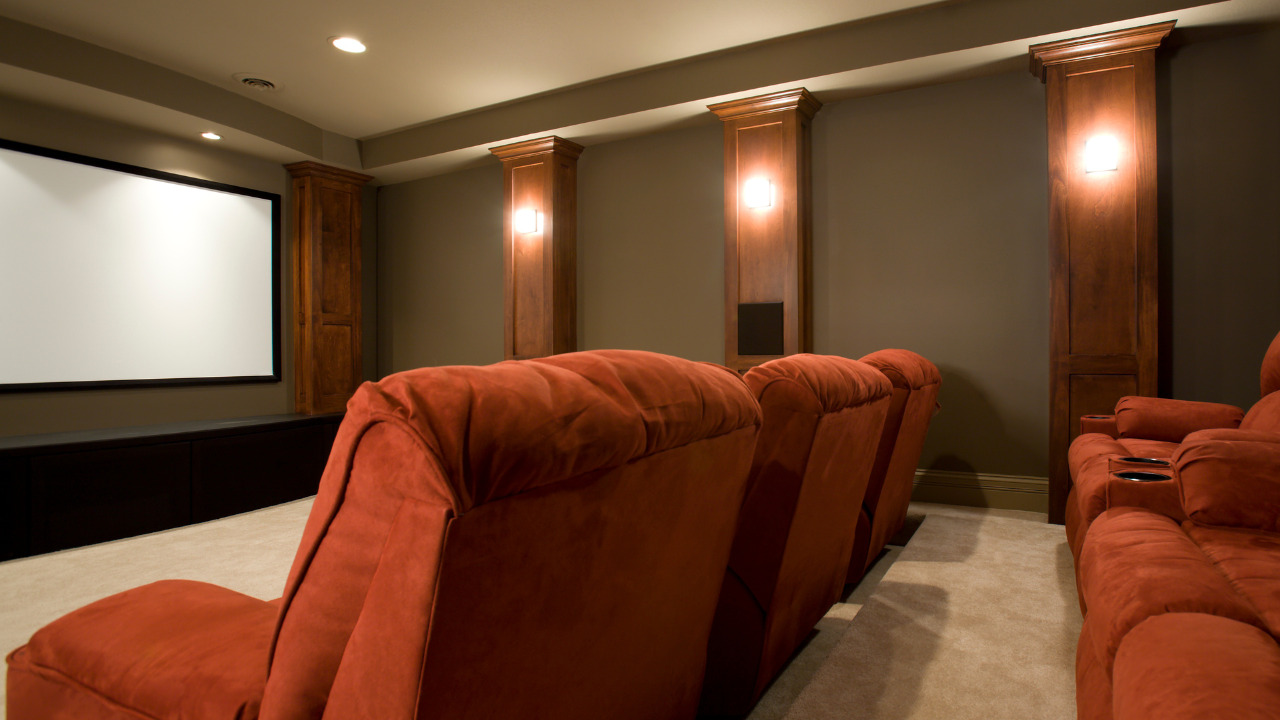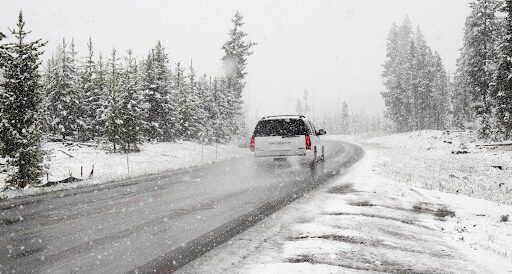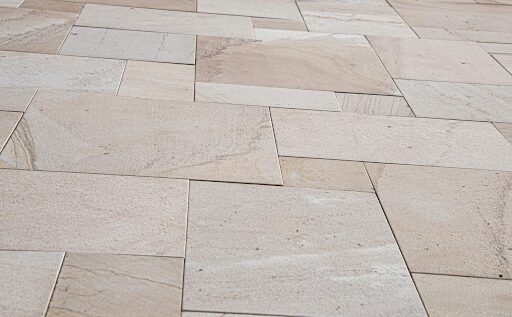Have you ever heard of residential geothermal cooling and heating for homes? It is an HVAC system that can significantly reduce homeowners’ utility costs. Unfortunately, a lot of people are unaware of or misinformed about residential geothermal.
Many people believe it has to do with retaining heat from geysers or volcanoes. For the majority of households, that would be pretty challenging to accomplish, and it would significantly reduce the number of people who may benefit from geothermal energy. Thankfully, installing a reliable, cost-effective residential geothermal system doesn’t require you to reside close to an active volcano.
Table of Contents
How does home geothermal energy work?
Year-round, the earth’s temperature at a depth of 10 feet is constant at 55 degrees Fahrenheit.
When it’s below freezing outside your house, it’s still 55 degrees 10 feet below the snow-covered ground. Or the earth under your house maintains a constant temperature of 55 degrees even when the summer brings 96-degree temperatures.
Without even realising it, you have probably already encountered this behaviour at home. It’s chilly down there when you go into your basement on a hot day because, you got it, the ground is 55 degrees on the other side of your foundation. Because of the constant 55-degree insulation provided by the surrounding ground, even a basement that isn’t heated keeps comfortably warm during the winter.
This innate constant is utilised by geothermal systems like the Dandelion Energy system. They use the constant temperature that surrounds any given house to heat or cool it as necessary.
Despite being called geothermal energy, various residential geothermal systems and geothermal systems do not generate power. They use the ground’s steady temperature to heat or cool your house.
Geothermal home heating systems
Vertical closed-loop geothermal systems
In vertical closed-loop geothermal systems, the heat transfer fluid is carried in a sealed U-shaped pipe made of high density polyethylene. This fluid is often a water/methanol mixture that allows for conduction of heat.
The added or diminished heat in the water is used to heat or cool the house when the liquid rises to the surface, depending on the season. This technique often requires a depth of 300 feet or more, and the price is determined by the foot. By the foot rather than the nose.
Horizontal closed-loop geothermal systems
Similar to vertical systems, horizontal closed-loop geothermal systems operate by running pipes back and forth, but 6 to 10 feet underground. Instead of drilling a well, installation entails digging trenches (at least 300 feet long).
While horizontal ground source heat pump systems can be easier to install, they take up a lot of room and significantly harm any ecosystems that get in their way.
Horizontal loop systems are slightly less effective than vertical loop systems for a similar length of pipe because they are more susceptible to surface temperature changes.
The other drawback of a horizontal mat or grid system is that if or when there is a leak in the circuit, the entire garden area must be dug up again to look for a little leak that is reducing system pressure.
Open-loop geothermal systems
It draw and inject heat using ground water piped straight from a supply well (75 to 100 feet deep). After the heat exchange has been completed, water is pumped out of the first well and injected into the second well.
Vertical closed loop systems have a far lower installation cost than open-loop systems, which also have a much higher thermal efficiency. However, due to the fact that these systems need a plentiful groundwater supply and a high water table, the conditions necessary for their optimal operation are rarely present in urban settings.





